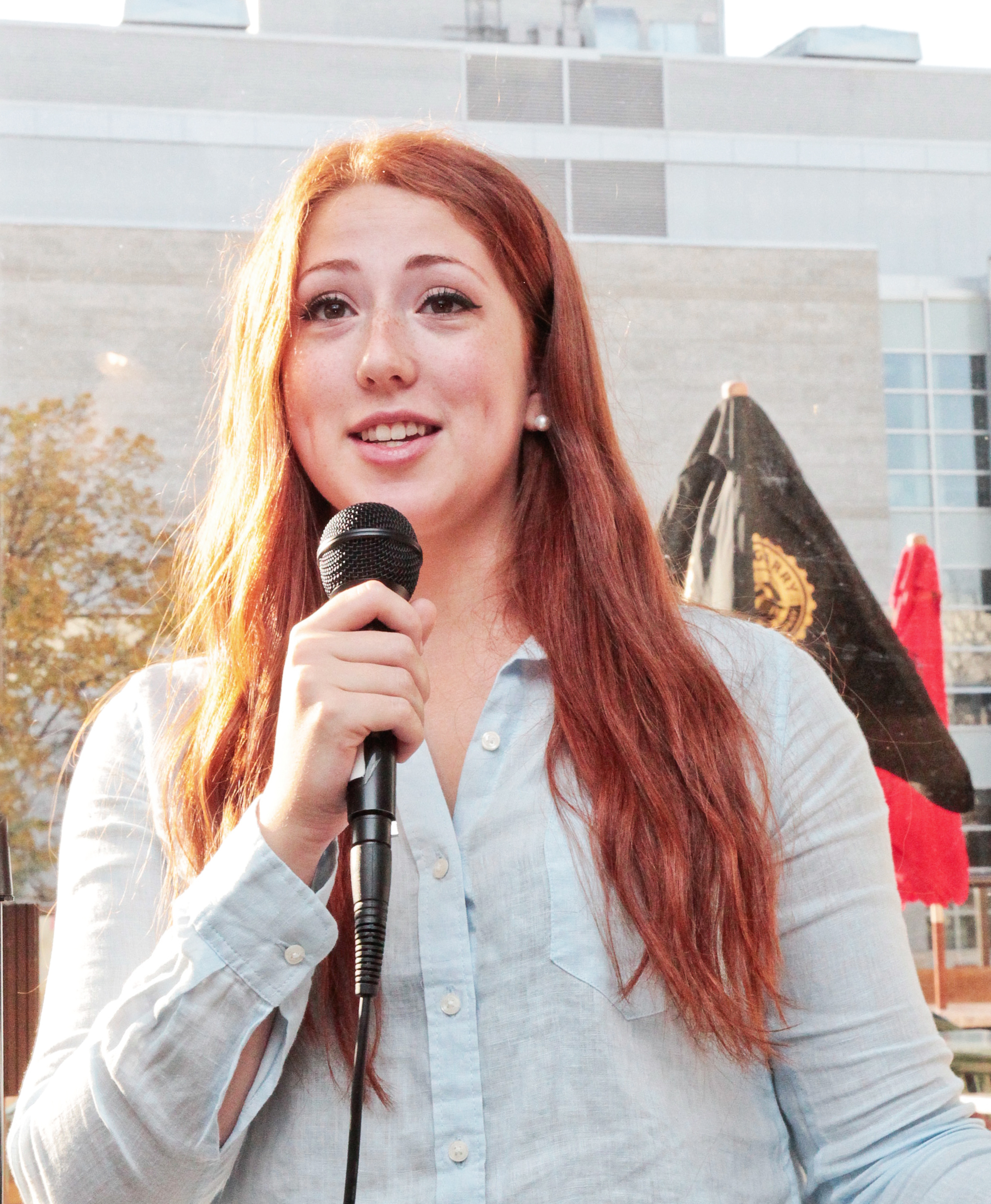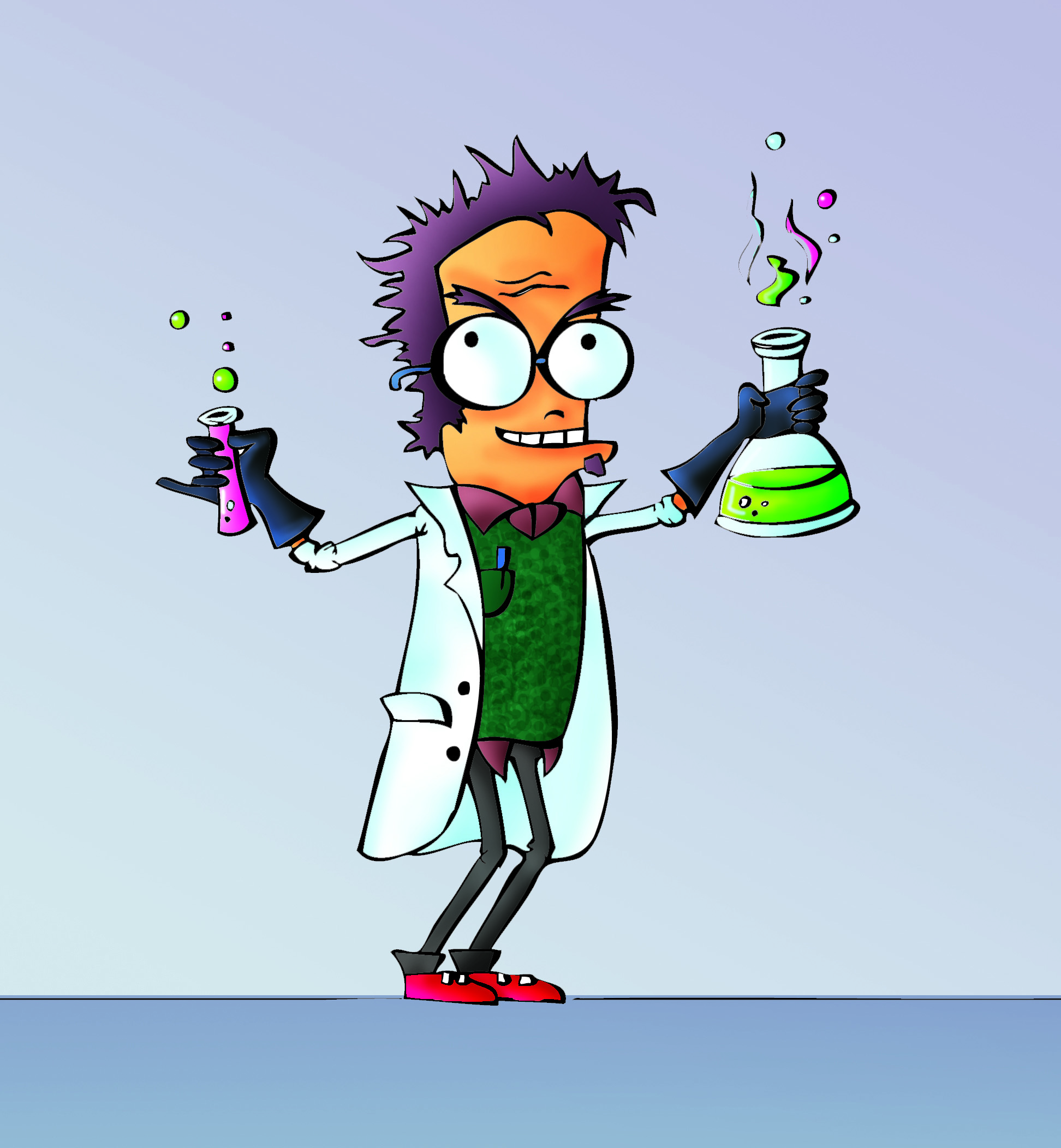Since its creation nine years ago, the Winnipeg Aboriginal Film Festival (WAFF) has come to incorporate films with many themes besides the aboriginal issues it was created to address.
The festival was created by filmmaker and host of two APTN programs Coleen Rajotte, almost by accident. “I had just finished a documentary that followed a woman who was on social assistance for two years,” she said, “and it had screened at all these big festivals, so the U of W asked me to come and screen my documentary. [Media figure Jim Compton] said to me, ‘We’ll call it a film festival.’ I said, ‘Well, you know, Jim, that wouldn’t really be a film festival, screening the work of one person, but I could call around to some other aboriginal filmmakers and see if we could maybe get a few other films.’ He said, ‘Why don’t you do that,’ and that’s how WAFF was born.”
The success of that first, somewhat ad hoc festival inspired Rajotte — now artistic director of the festival — and her colleagues to make it an annual occurrence. “We had about 300 people come the first year,” she said. “We were thinking ‘Hmm, there’s an audience for this,’ and we jumped on it.”
The first festival did not feature the kind of diversity of content and theme that the upcoming WAFF will. As Rajotte noted, “Originally, it was just Canadian Aboriginal filmmakers that we managed to round up.” This year, the festival includes entries from Canada, but also films like New Zealand Aboriginal Taika Waititi’s Boy, Malcom Rogge’s Under Rich Earth, set in Ecuador, and Nuummioq, the first ever feature film from Greenland.
The interest in the festival has grown accordingly. “This year, we had about 175 submissions,” said Rajotte, and so has its length. “It started out one day, then it moved to three days, and now we’re five days,” said Rajotte.
The geographical diversity reflected in this year’s festival raises questions about the extent to which indigenous people in colonized countries across the world share an experience or an outlook. According to Rajotte, they have much in common. “[Others] trying to take away our culture is a common thread between all indigenous peoples,” she said. “Here in Canada it was residential schools, the banning of our ceremonies in the ’50s and ’60s. But,” she said, “if you come to this festival and you watch some of these films, you can see positive stories of how we’ve been able to overcome that.”
Rajotte stressed that the festival is not targeted at aboriginal people in particular. “Everyone is welcome at this festival,” she said. “Sometimes, people think it’s just for aboriginal people, but in fact we have a very large non-aboriginal population that comes out and we’re very happy about that.”
While the content of many of the films deals with social and political issues affecting aboriginal Canadians, the stories and themes are universal. Sara McIntyre, director of Two Indians Talking, a film about two cousins who organize a roadblock in protest, said she does not consider herself a political person, but she greeted the prospect of directing Andrew Genaille’s script with enthusiasm.
“It’s actually about very human relationships and very personal decisions,” she said. “It really comes at the whole issue of First Nations culture and roadblocks as a political statement from a very humanitarian angle.” Two Indians Talking, McIntyre’s feature directorial debut, won the Roger’s People’s Choice Award at the 2010 Vancouver International Film Festival.
The Winnipeg Aboriginal Film Festival takes place Nov. 24-28. See aboriginalfilmfest.org for more information.



